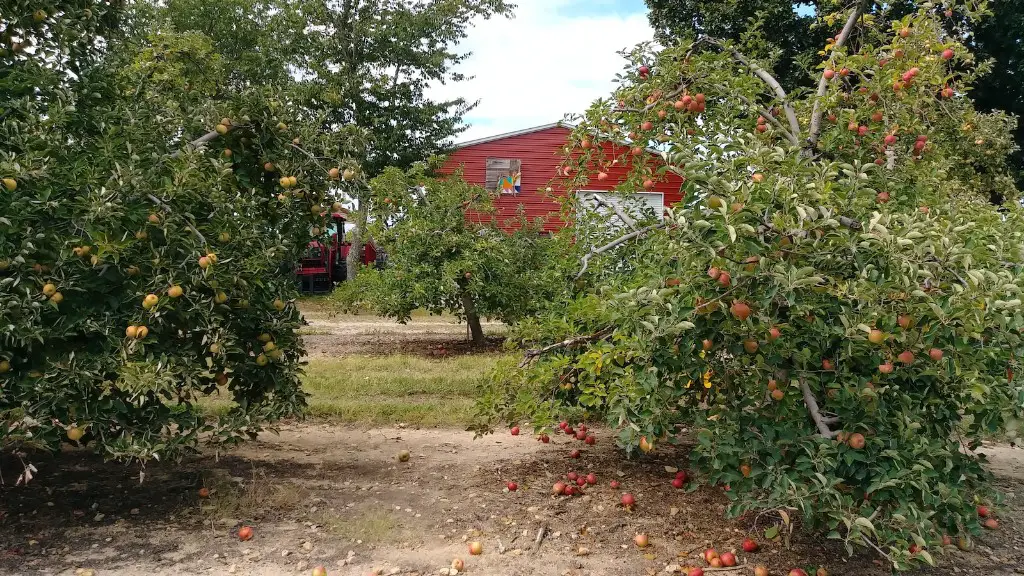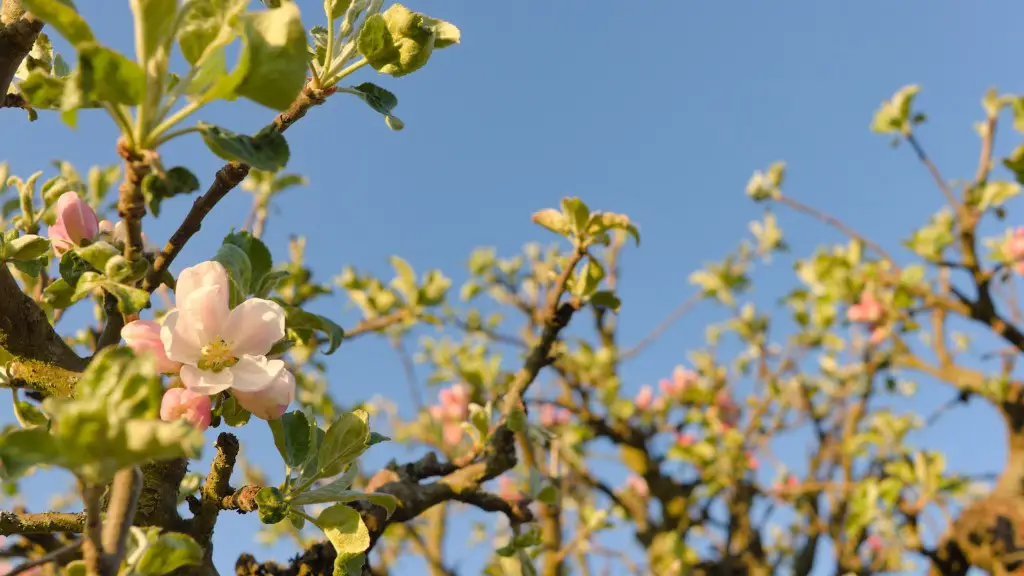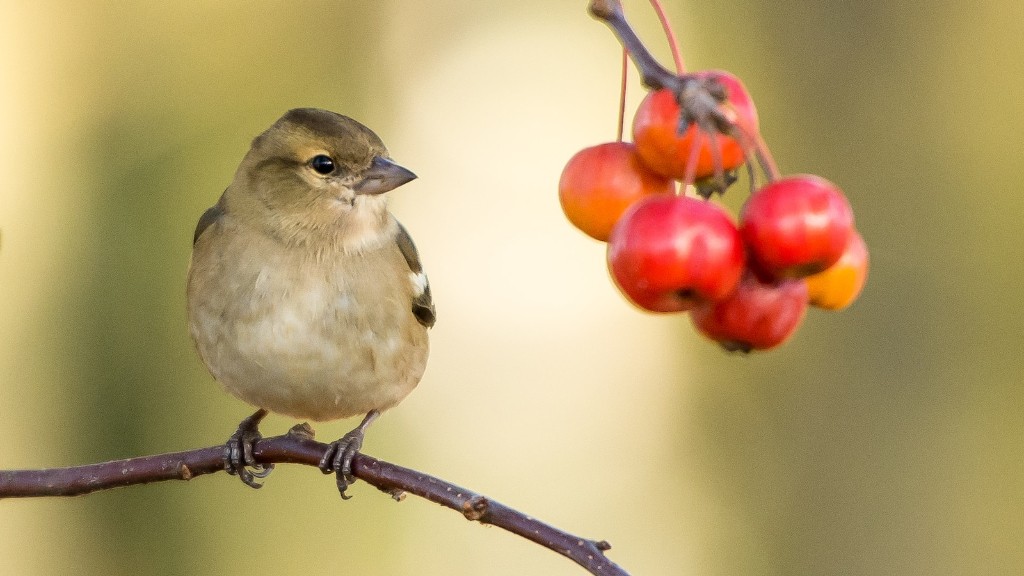The size of apples in an orchard can vary greatly with many factors contributing to their size. Firstly, the age of the tree, its surrounding environment and soil quality can all impact the size and quantity of apples. Additionally, varieties of apples differ in terms of size, some tending to grow larger while others tending to stay small. Furthermore, pest and disease outbreaks can create conditions which can affect the size and growth of apples. Lastly, the over application of fertilizers or pruning of trees too hard can affect the yield and size of the apples.
Age of Tree
The age of a tree can have a major determining factor on the size of the apples. Young trees produce smaller apples as much of the nutrients are going towards the growth of the tree, in order to establish a root and healthy trunk. Trees that are more mature can produce a better quality and quantity of fruit since all the nutrients are used towards the production of the apples. In comparison, mature trees produce apples that are generally larger, plumper and have more sugar content than younger trees.
Soil Quality and Environment
Another factor that influences the size of apples is the soil and growing environment of the tree. Inadequate soil can deprive the apple tree of essential nutrients like nitrogen, potassium and phosphorous, leading to smaller apple sizes. Even if the tree is receiving ample water, an unhealthy soil can still lead to small apples. Additionally, excessive heat or dryness can limit the growth of the apples, resulting in smaller sizes.
Variety of Apple
The variety of apples chosen to be planted also plays a role in the size of the apples. Heritages and wild apples are usually smaller than the commercial grown options, often having a more complex taste than larger apples. Dwarf apple trees also tend to produce smaller apples, although this can be offset by adding more nitrogen rich fertilizer to the soil.
Pest and Disease Outbreaks
Pest and diseases can greatly impact the size of apples. Particularly a pest outbreak can stunt the development and size of the apples, often resulting in a decrease in size. Common disease affecting apple trees like apple scab, powdery mildew, black rot and fire blight can cause a decrease in the size of the apples, while encouraging the tree to produce a greater amount of fruit.
Over Fertilizing and Pruning
The over application of fertilizers and excessive pruning can drastically alter the size of the apples. If too much fertilizer is applied it may cause a rapid growth and reduce the amount of time an apple spends on the tree. This can result in smaller apples or even apples that fall off before they are fully ripe. Pruning an apple tree too hard, meaning removing more than 25% of the tree’s branches, can stunt the growth of the apples and alter their size.
Adapting to Environment
Apple trees can adapt to their environment by producing fruit with thick skins to handle dry conditions along with a smaller size to conserve water. Other trees that receive more nutrients will grow larger and sweeter apples. In comparison, apples harvested from trees that live in harsher climates tend to be smaller, but more nutrient rich.
Nutrient Availability
Nutrient availability is essential to the size of apples. It is the essential nitrogen, potassium and phosphorus that ensure the apple tree continues to grow and produce larger, yet healthier apples. If there is a lack of these nutrients, then the apples may be smaller as these nutrients are diverted towards sustaining the tree’s health.
Maintaining Balance Through Fertilizers
Fertilizers can help in maintaining a balanced nutrient environment for the apple tree during its growth. Depending on the type of soil, organic or inorganic fertilizer can be used. Organic fertilizers improve the soil quality and provide slow release nutrients for the tree to absorb, leading to a more balanced nourishment of the tree and increased yield of healthier apples. Inorganic fertilizers, however, can provide a greater amount of nutrients quickly but can be toxic if not used carefully, resulting in decreased size of the apples.
Water Availability
Water availability is also a major influencing factor on the size of the apples. If the tree is receiving too much water, the photosynthetic processes may be slowed down, resulting in decreased levels of carbohydrates to be transported to the fruits and making them smaller. If the tree is receiving an insufficient amount of water, then the apples may be smaller and more likely to have heightened skin thinning, which in turn prevents them from developing and ripening as normal.
Availability of Different Nutritients
The availability of different nutrients can also influence the size of apples. For example, too much organic matter can deplete the soil of oxygen, which then affects the amount of nutrients the tree is able to absorb. Nutrients like magnesium and calcium influence the weight of the apples and can promote their growth. A deficiency in either of them can lead to smaller apples characterized by a thin peel.
Light Availability
The amount of light a tree receives can greatly alter the size of the apples. If the tree is receiving insufficient amounts of daylight, then the ripening process of the apples will be inadequate. Furthermore, too much light can also stunt the development of the fruits, leading to smaller sizes. Therefore, it is essential to give the tree the right amount of light, in order to promote healthy and larger apples.



